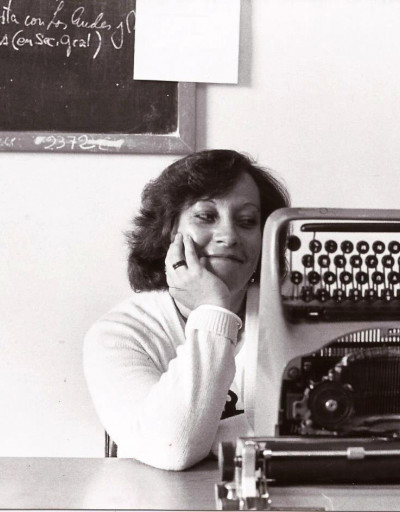Her story would not have been told beyond family and close friends if it had not been because of three investigative journalists who decided to rescue her memory and bring her powerful story to the wider public.
Norma continued collecting information during her detention; she spoke to her custodians and obtained important evidence that would be later used to bring them to justice; she never gave up on being a journalist, explain authors Oscar Angel Flores, Ivana Pereyra and Maria Laura Campo in Norma la adelantada (Norma, the precocious), published by the University of San Luis and presented last 22 August in presence of its Dean, Victor Moriñigo.
The research project about the life of Norma Sibilla was launched within the framework of a Diploma on investigative journalism, memory and human rights, led by the Association of Latin American and Caribbean Correspondents (SOCOLAC). The programme has trained 236 journalists across the Latin American and Caribbean region with the support of UNESCO’s Global Media Defense Fund (GMDF), which aims to foster investigative journalism on crimes against journalists.
Furthermore, Norma’s story comes from the past to resonate in the present, giving visibility to the violence that women journalist had to face and still do in many parts of the world. A study conducted in 2020 by UNESCO and the International Center for Journalists revealed that 73% of women journalists had experienced on-line violence, including threats, harassment, insults and other forms of abuse, and 20% of them had been later physically assaulted or abused in relation to the on-line violence.






